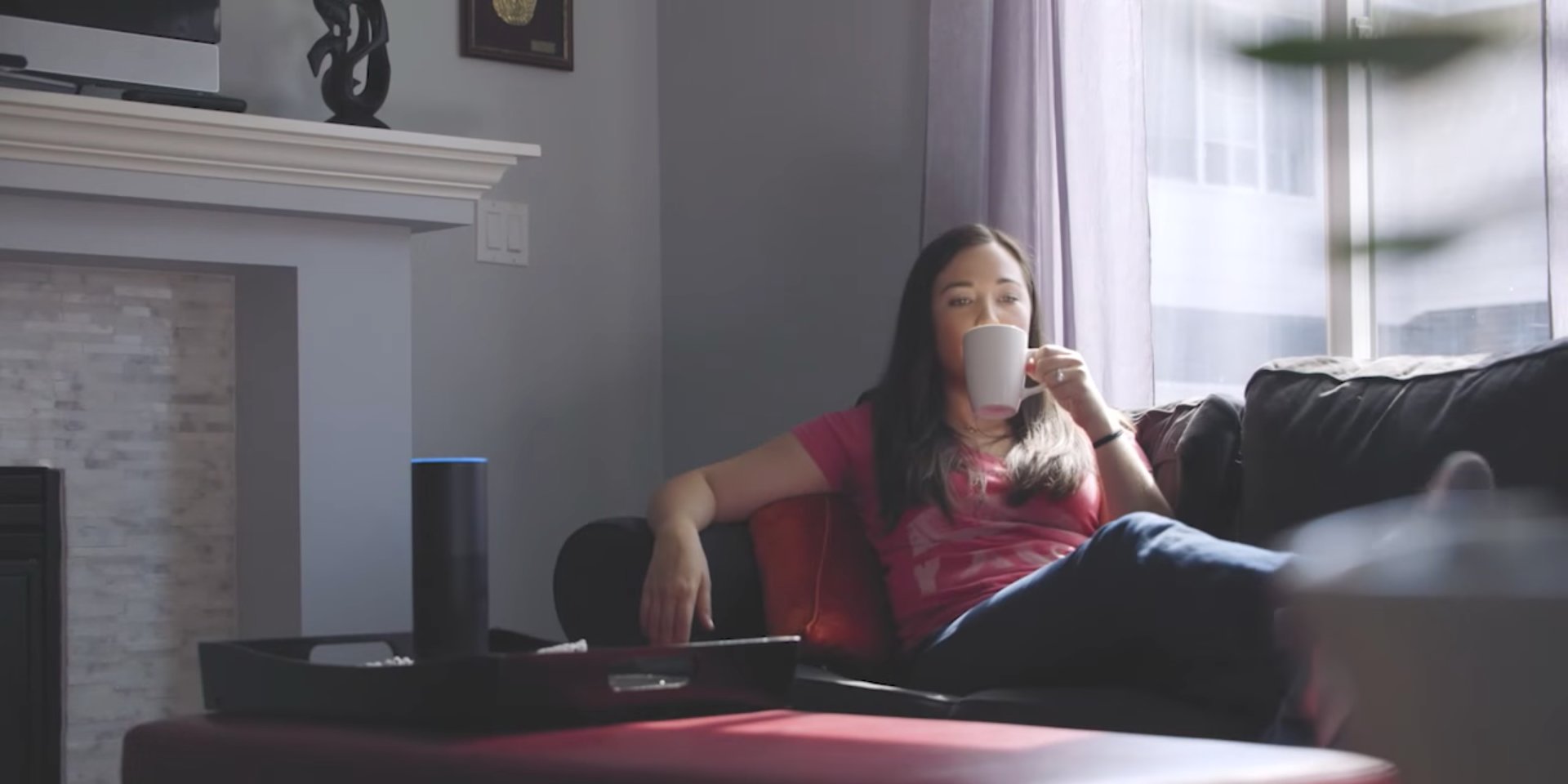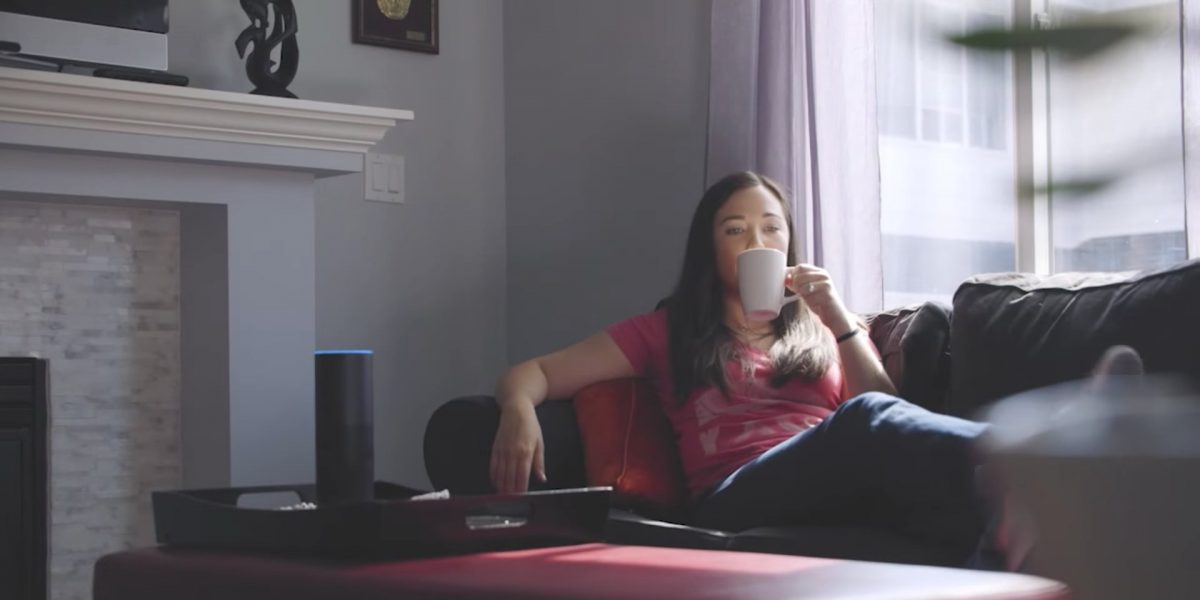
This story was delivered to Business Insider Intelligence “E-Commerce Briefing” subscribers hours before appearing on Business Insider. To be the first to know, please click here.
Amazon is seeing an increase in voice-based commerce, according to a press release detailing the e-tailer’s holiday season performance. The company said that Alexa usage for shopping “more than tripled” this holiday season, relative to last year.
Business Insider Intelligence
It’s becoming easier for customers to shop via voice as the smart speaker market matures and adds functionality. Nearly 55% of US consumers own at least one smart speaker, up from 28% in 2017, according to exclusive data from Business Insider Intelligence, and we expect there to be 200 million smart speakers in the market in 2018.
The smart speaker market is dominated by Amazon, which holds a 44% share, compared with just 14% for second-place Google, per our data. As smart speakers hit the mainstream, engaging in retail-related functionality is becoming simpler: Alexa offers shopping skills from major retailers including Whole Foods and StubHub, and Google boasts high-profile partnerships with Sephora and Nike. This added convenience could be a major factor propelling use; perhaps users are more aware of voice-based shopping now, or brands they shop with regularly have started offering it.
Though the recent growth statistics are promising, voice commerce still has a long way to go, illustrating a big opportunity for retailers to gain an early mover advantage.
- Voice commerce is growing fast, but it’s still used by a slim share of the overall population. Business Insider Intelligence expects the share of customers paying by voice to grow to 39% of the US population by 2023, up from 10% this year. Despite both adoption and volume growth, voice commerce still only comprised about $2 billion in retail sales this year, representing just 0.4% of total e-commerce. And even as it grows to a projected $40 million by 2022, its share will still hover at around 4% of total e-commerce. This represents a significant growth opportunity if retailers can unlock new strategies to convince users to adopt the technology.
- Sellers will have to take a multipronged approach, focusing on incentives, simplicity, and safety, to try to capture some of this growth or accelerate gains in the space.Payment habits are highly ingrained in users’ day-to-day lives, making it challenging to perpetuate change without giving customers a strong value proposition to do so. But there are three areas in which retailers can work to attract customers. They can leverage incentives to convince customers to try shopping via voice, like Google and Target did earlier this year through a $15 voice coupon. They can also partner with sellers that customers use regularly — similar to how users can build a Whole Foods shopping cart via voice for Prime Now delivery — to encourage habit formation. And they can emphasize security through partnerships with banks or other trusted partners to reassure nervous users that the technology is safe. If sellers can combine these approaches, they could quickly grab share in the space and become a leader in the channel as they capitalize on the massive growth ahead.

